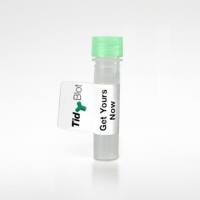Bicarbonate serves many functions in our body. It is the predominant buffer maintaining a physiological pH in the blood and within our cells. It is also essential for proper digestion of nutrients and solubilization of complex protein mixtures, such as digestive enzymes and mucins, in epithelial secretions. Transepithelial HCO3 – transport also drives net fluid secretion in many epithelial tissues including those in the gastrointestinal and reproductive tracts as well as the airways. Indeed, defective bicarbonate secretion is a hallmark of the pathophysiology in the pancreas of most patients suffering from cystic fibrosis. Some, but not all, disease-causing mutations in the CF gene lead to impaired bicarbonate transport when expressed in heterologous systems. Recently developed pharmacological modulators of mutant CFTR have demonstrated an ability to activate chloride transport but little is known about whether they also increase the secretion of bicarbonate. It is therefore essential to assay bicarbonate transport when studying the effect of small molecules on CFTR function. However, due to the chaotropic nature of the ion, the measurement of the absolute bicarbonate concentration and its permeability through CFTR is far from trivial. In this chapter we will review some of the techniques available to measure bicarbonate transport through single ion channels, individual cells, and intact epithelial layers.






